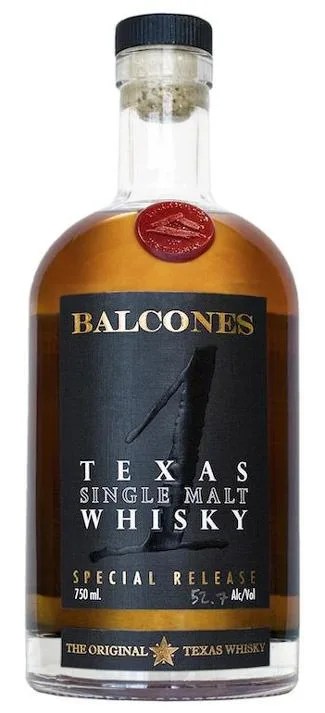The basic premise of American single malt whiskey is simple: re-create a beloved liquor associated with Scotland and perhaps Japan, single malt whiskey, in the United States. But a look into its list of rules — and how they differ from other whiskeys (and whiskies) — can quickly make your head spin.
MORE WHISK(E)Y Lessons in Whisky, Muse of Scotland | 15 Great Bourbons | Tasting 5 Japanese Whiskies
Of course, American single malt must be made solely in the US. The mash bill must consist of at least 51 percent grain, typically malted barley, though most distillers use 100 percent barley. (This is similar to Scotch, which must use 100 percent malted barley, and different from American whiskeys, which tend to require some combination of corn, rye, wheat and malted barley.) It must be produced and aged entirely by one distillery (which is also true for single malt Scotch whiskies, but not for most American whiskeys). It must be aged in new charred oak barrels (just like bourbon, rye and the like, but unlike Scotch, which largely relies on pre-used bourbon barrels in a strange symbiosis with American whiskey). Scotch has a minimum age of three years. Bourbon tends to be at least two. American Single Malt can be as young as distillers like. It follows other American guidelines for maximum strength entering the barrel (62.5 percent alcohol) and minimum strength entering the bottle (40 percent alcohol).
“It’s a little bit like the Wild West. Everyone’s trying to figure out what works. They’re working at identifying, as distilleries, that this is what American single malt is supposed to taste like.”
This style of whiskey is just emerging from its barrels, so to speak, in the US. The reasons for its nascency here, delayed relative to many other parts of the world, are essentially twofold. One is simply historical momentum: the heartlands of American whiskey distilling, and therefore the palates of American whiskey drinkers, have always focused heavily on corn- and rye-based whiskeys. That influenced the second reason, which is that the Scottish have always held such a strong grip on single malt whiskey that it didn’t seem plausible to compete with them.
The first dissenter to this line of thinking emerged 80 years ago, when Masataka Taketsuru brought Scotch whisky to Japan by founding Suntory Distillery (and later, Nikka Distillery) and began that country’s miraculous reimagining of the liquid as Japanese whisky. Today, their single malt whisky is considered some of the best in the world. Taketsuru and the Japanese distillers are easy inspirations for the new American distillers, their ambitious ventures having created the inroads that whiskey makers around the world are still following today.
“For me the conversation is even larger than American single malt,” said Emerson Lamb, the former co-founder of Westland Whiskey, based in Seattle, Washington. [Ed. Note: During the writing of this article, Lamb still worked for Westland; he’s since left the company.] “It’s world single malt whiskies, which now 80 years on [from Japanese whisky] are coming to the forefront of whiskey culture. You have great examples in Tasmanian whiskey, in South Africa, great distilleries up in Sweden. It’s breaking down the idea that you can’t make single malts outside of Scotland — that there are different regions and terroirs in different places that are worth it.” Lamb believes his home state of Washington, with its two world-class barley-growing regions, great water sources and excellent aging climate, might be better suited to single malt whiskey making than Scotland is.

